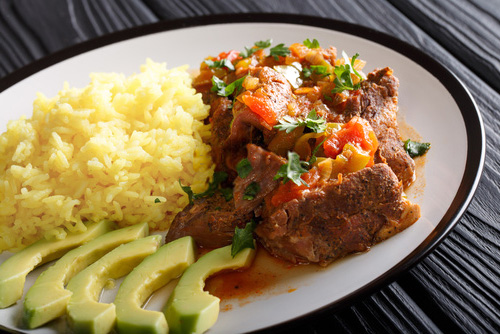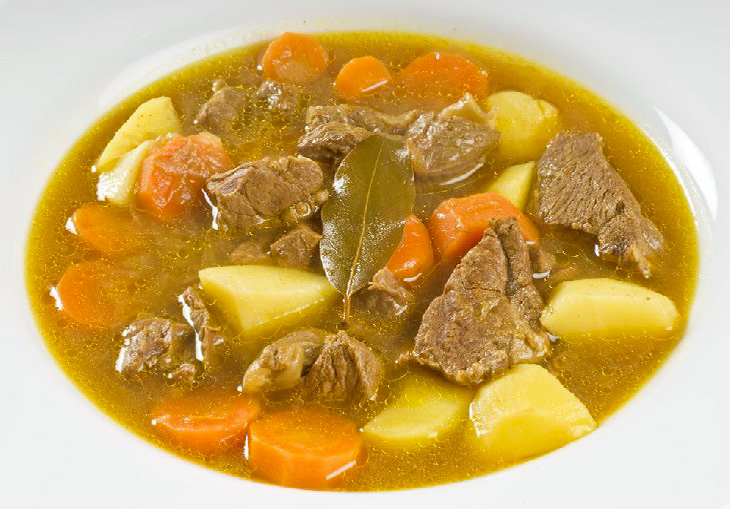How to Cook Goat Meat
If you’re familiar with Spanish, Italian, French, Greek or Indian food, you may already know that goat meat makes a delicious dish. Often described as tasting similar to lamb, goat is one of the healthiest meats around, a 3 oz. portion having less fat and more protein and iron than chicken. It’s also the mostly popular meat in the world.

Where and what to buy
Your local chain supermarket isn’t likely to carry goat, but you can purchase it in many ethnic markets, especially those catering to Mexican or Middle Eastern food.
The biggest problem with goat meat is that older goat (often called “chevron”) is tough and often, well, smelly. Instead, look for young goat, preferably no more than eight weeks old (often called “cabrito”). Female goat may be eaten when it is under a year old.
The most tender cuts are the breast, legs, ribs, and loin roast. Less tender cuts, such as shanks and riblets, are best reserved for stewing.
In the U.S., goat meat is graded by the USDA. Meat marked “USDA Prime” is the best available meat. It’s tender, has some marbling, and is juicy and flavorful. Next best is “USDA Choice.” This has a bit less marbling, but is still great quality.
General cooking tips
- Goat may be used in place of lamb in your favorite recipes.
- When cooking tougher cuts, marinade overnight (in the refrigerator). A mixture of beer and lemon juice is a popular marinade for goat.
- Goat benefits greatly from being seasoned, then allowed to sit overnight in the refrigerator.
- Goat meat goes well with the following seasonings: garlic, bay leaves, basil, oregano, rosemary, thyme, mint, cumin, lemon pepper. You may also try brushing goat meat with fruit preserves in the last half hour or roasting or grilling.
- Goat must always be cooked slowly, at low temperatures – so take your time.
Here are some good basic cooking techniques for making the most of your goat meat.
Sautéing goat meat
Most cuts are appropriate for sautéing, but look especially for thin cuts (no more than an inch thick) of rump, topside, round, or eye of saddle.
If desired, begin by coating the meat in flour. Place the goat meat in a preheated pan with a little oil. Cook until the meat reaches the desired level of doneness.
Grilling goat meat
Tender cuts of young goat (capretto) are best for grilling. Look for round, topside, silverside, eye of saddle, chops, steaks, or round or silverside pallards. Brush the meat with olive or sesame oil and, if desired, herbs. The thicker the cut, the further from the heat source the goat meat must be, or it will dry out. Goat chops only need about five minutes on each side if they are about an inch thick and around four inches from the coals or other heat source.
Roasting goat meat
Shoulder cuts are excellent for roasting. Preheat a pan with a little oil over medium heat; sear the meat. Transfer the meat to a roasting pan, brush with oil and seasonings, and cook on low heat (350 degrees F) until the meat reaches appropriate doneness. Periodically baste with pan juices to prevent drying. Add vegetables in the last hour, if desired.
Braising or stewing goat meat
Braising and stewing are excellent for tougher cuts of goat.

First, brown the meat in a preheated pot with a little oil. To braise, add enough liquid to cover about half the meat. To stew, add enough liquid to completely cover the meat. The liquid may be stock, or a mixture of water, stock, or red wine. Simmer until meat has reached desired doneness, adding vegetables (if desired) in the last hour of cooking.
